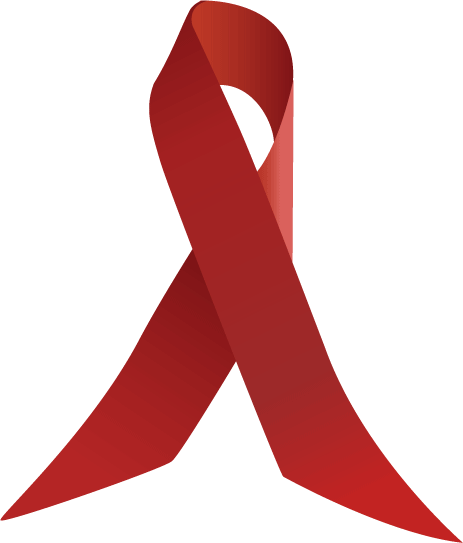Acabar con el SIDA para el 2030? No sin la reducción de daños
Si el mundo continúa adoptando programas de reducción de danos al paso lento actual, no será sino hasta 2026 cuando todo los países que necesitan un programa de este tipo tenga alguno en vigor. En este contexto, resulta imposible lograr los objetivos hacia el fin del SIDA para el año 2030. Más información, en inglés, está disponible abajo.
Suscríbase a las Alertas mensuales del IDPC para recibir información sobre cuestiones relacionadas con políticas sobre drogas.
By Dainius Puras, Paul Hunt and Anand Grover
Last year, world leaders adopted the Sustainable Development Goals, which include a bold global target to end AIDS by 2030. While ambitious, this target is achievable, but only if governments redouble their efforts to prevent the transmission of HIV infection among those at risk, and their commitment to provide treatment to those living with the virus. In short, it requires governments to stand up against the stigma, discrimination and criminalisation that have driven the spread of HIV for decades, and embrace instead evidence- and rights-based responses.
People who inject drugs are among those who have been left furthest behind by the global response to HIV. Not only are people who inject drugs at increased risk of contracting the HIV and other blood borne infections thanks to a lack of access to sterile injecting equipment; they also suffer as a result of the stigma and criminalization associated with drug use, and the focus on criminalisation as the primary means of addressing drug issues. This has only served to fuel the epidemic among drug users, and it is unfortunately not surprising that the world missed the previous target of halving HIV among people who inject drugs by 2015 - by a staggering 80%.
Responding to the HIV risks linked to unsafe injecting is imperative if we truly hope to end AIDS. We know these risks can be minimised or even avoided altogether by providing access to harm reduction services - such as sterile needles and syringes, and prescription of substitute medications such as methadone. This is one of the reasons why each of us, during our tenures as UN Special Rapporteurs on the Right to Health, have consistently called upon States to provide access to harm reduction programmes as an essential component of their international legal obligations. People who use drugs do not forfeit their right to health simply by virtue of their drug use, and States cannot escape their universal human rights obligations simply because people happen to use drugs that are illegal.
Ending AIDS in this context is achievable with only minor changes in how governments spend their drug control resources. Recent statistical modelling published by Harm Reduction International shows that HIV-related deaths and new HIV infections could be cut by over 90% by 2030 if just 7.5% of global funding for drug law enforcement was redirected to scaling-up harm reduction. Despite the obvious benefits of such redirected spending, too many governments continue to neglect or even oppose harm reduction programmes, and adamantly continue to pursue criminalisation as their primary response. If the world continues to adopt harm reduction programmes at its current slow pace, it will be 2026 before every country which needs a harm reduction programme has even one service in place. In this context, we do not stand a chance of meeting goals to end AIDS by 2030.
Keep up-to-date with drug policy developments by subscribing to the IDPC Monthly Alert.
Thumbnail: International HIVAIDS Alliance
